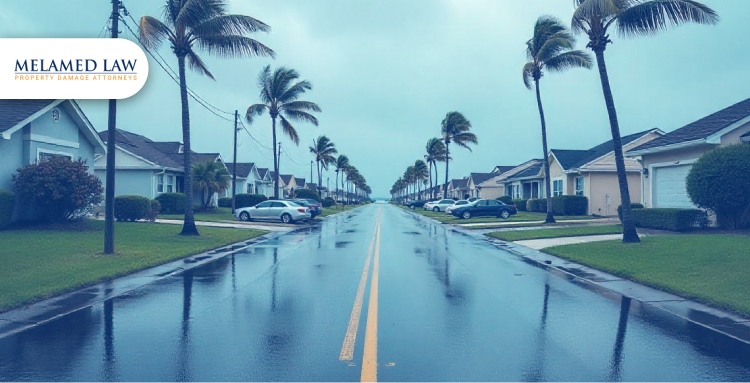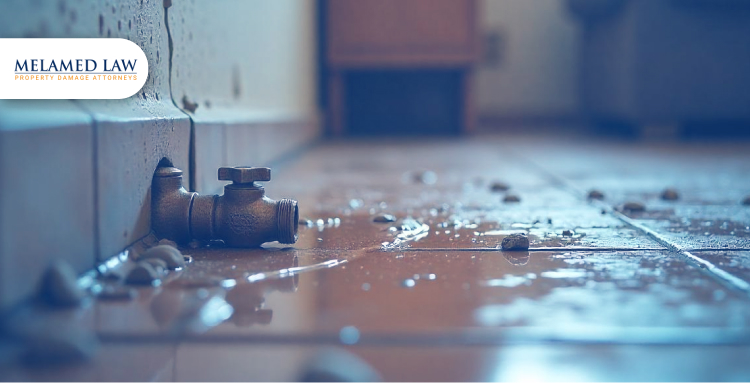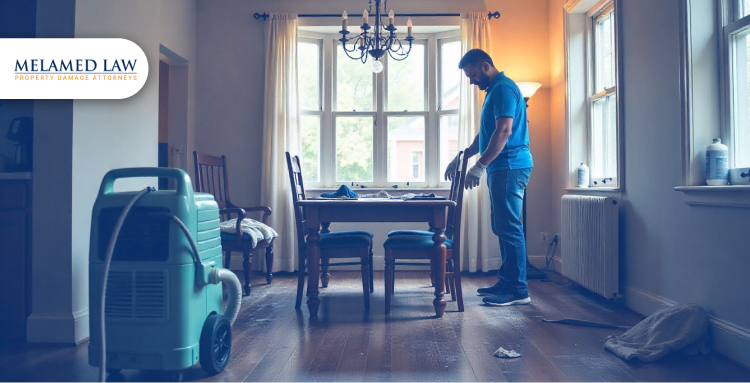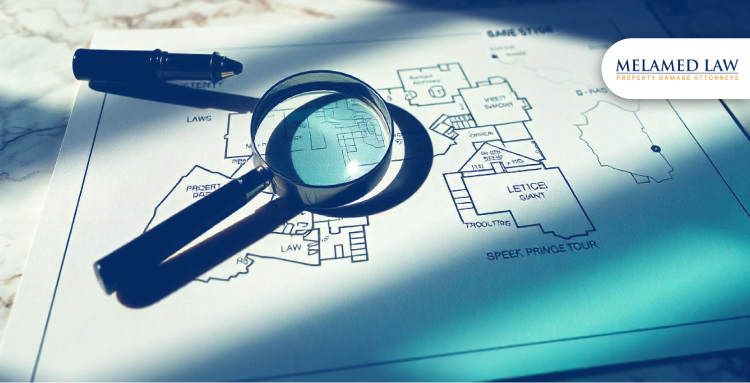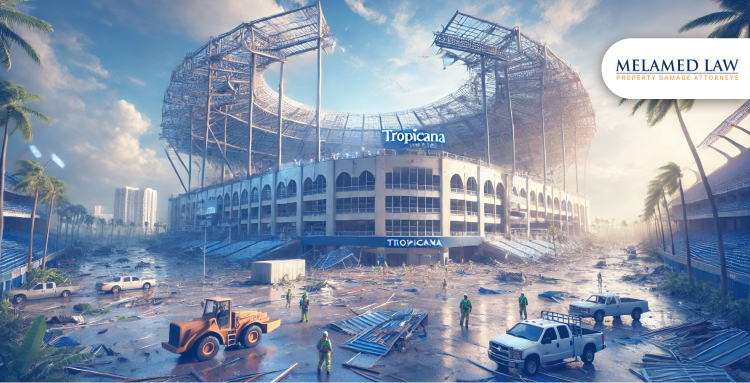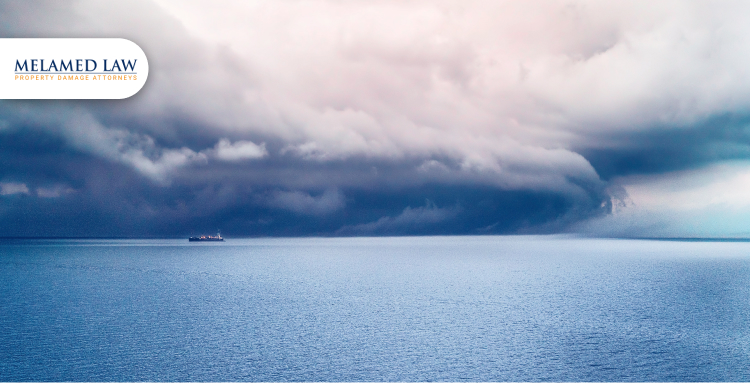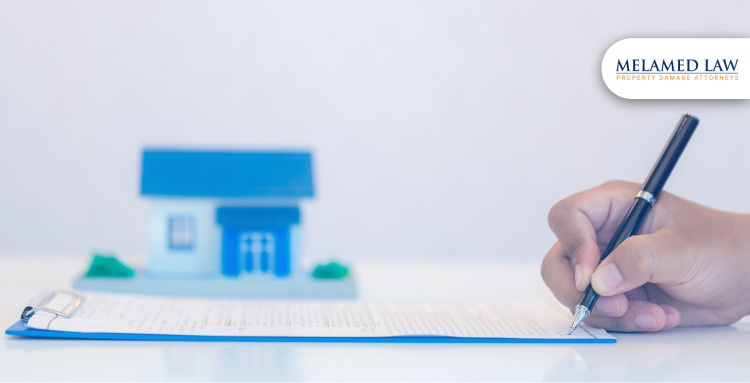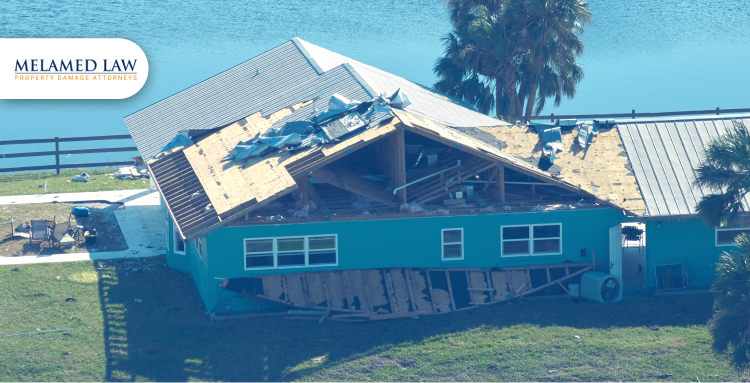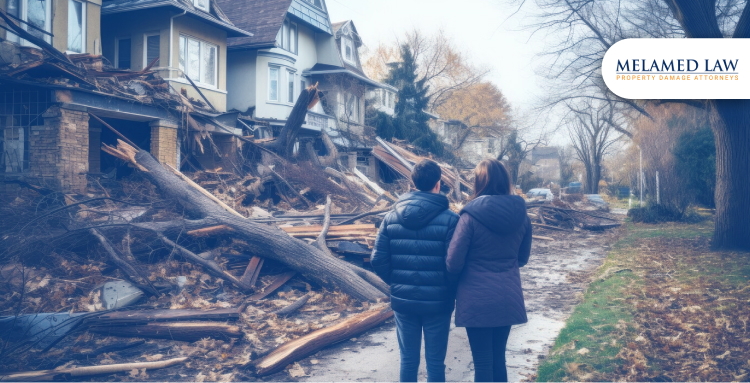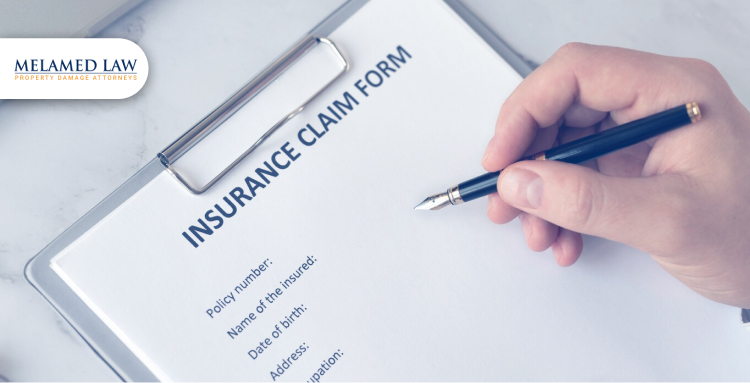
What are some strategies or techniques for preventing pressurization and damage to homes during hurricanes?
When the unexpected happens, we help individuals and businesses collect the money they deserve for their insurance claims.
Property Damage
January 5, 2025
What are some strategies or techniques for preventing pressurization and damage to homes during hurricanes?
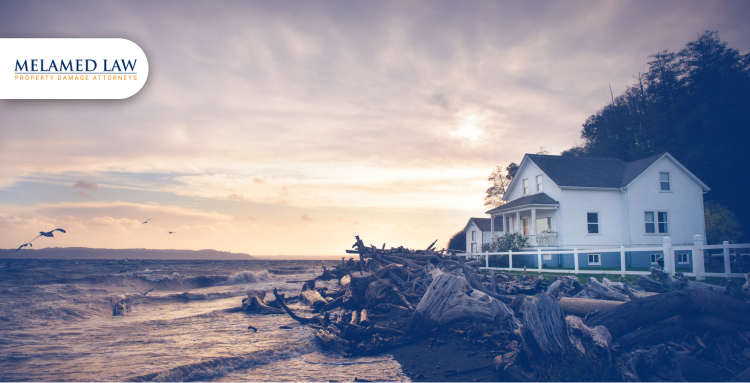
Hurricanes are a constant, looming threat for Florida families, with the state facing a 46% chance each year of a direct strike. For those of us who call Florida home, hurricane season isn’t just a season; it’s a time of concern, preparation, and the hope that our homes—and our loved ones—will stay safe. The strongest hurricanes often strike in September and October, as they did in 2004 when four major storms made landfall.
Preparing your home to withstand these powerful forces isn’t just about following building codes or checking items off a list. It’s about protecting your sanctuary, the place where your family finds comfort.
Section 1: Reinforce Doors, Windows, and Other Openings
When a hurricane hits, even the smallest opening in your home can allow powerful winds to enter, increasing the risk of pressurization damage. Reinforcing doors, windows, and other entry points is essential to keeping your home safe.
Install Impact-Resistant Windows and Doors
Install impact-resistant windows and doors to boost your chances of surviving a hurricane. These hurricane-rated materials withstand high winds and debris impacts, preventing wind from entering and reducing the risk of dangerous pressure buildup. Impact-resistant glass uses a durable, layered design that stays intact even if it cracks, creating a strong barrier.
Hire a professional experienced with Florida’s building standards to handle the installation. They will recommend the best materials for our climate. Choose products labeled “hurricane-rated” or “impact-resistant” to ensure they meet rigorous testing standards. While the initial cost may be higher, the added safety and peace of mind make it a smart investment for any Florida homeowner.
Add Storm Shutters
Storm shutters are another excellent option for reinforcing your home. Available in various types, such as roll-down, accordion, and panel shutters, they provide an extra layer of defense by securely covering windows and doors. Deploy roll-down shutters quickly to ensure continuous protection, and use accordion shutters for their durability and ease of operation.
When selecting storm shutters, ensure they meet Florida’s strict hurricane building codes. Look for products tested for high wind speeds, and consider factors like ease of installation and long-term durability. Some homeowners prefer permanent options like roll-down or accordion shutters for convenience, while others opt for removable panel shutters. Whatever your choice, storm shutters provide essential protection when you need it most.
Seal Gaps and Cracks
Sealing gaps around doors, windows, and vents may seem simple, but it plays a significant role in protecting against both wind and water intrusion. Caulking these small openings prevents air leaks, helping to avoid pressurization issues during a hurricane. Start by inspecting around window frames, door frames, and any ventilation points to identify potential leaks.
To protect against hurricane damage, seal gaps with weather-resistant caulk for a solid, wind-resistant barrier. For larger areas, consider hiring a professional to create a solid, wind-resistant barrier, which can make a significant difference when a hurricane hits.
Section 2: Strengthen Roof and Gable Ends
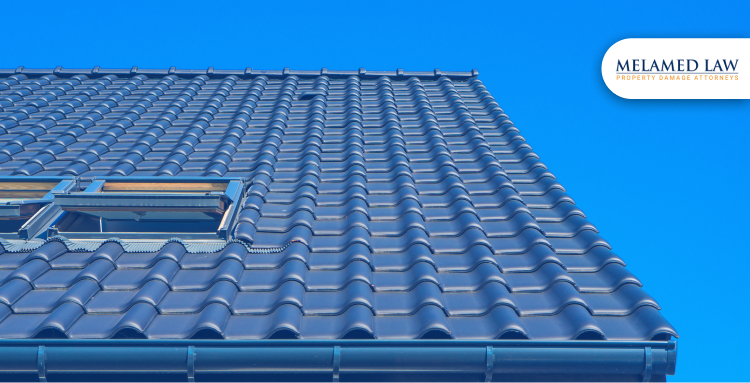
Hurricane winds can lift or tear off your roof, making it one of the most vulnerable parts of your home on hurricane day.
⇒ Use Roof Straps or Clips
Roof straps or clips, also known as roof-to-wall connectors, are essential tools for hurricane-proofing your home. By installing metal straps or clips at key points along the roof, you help prevent the roof from lifting off under pressure, which is a common issue during severe storms.
When choosing materials, look for galvanized steel clips or straps specifically designed for hurricane resistance. These materials are durable and resistant to corrosion, making them ideal for Florida’s coastal climate. For optimal results, hire a professional to install the connectors, for proper placement.
⇒ Upgrade to Wind-Resistant Roof Coverings
Another effective way to reinforce your roof is by upgrading to wind-resistant roofing materials, such as metal roofing or hurricane-rated shingles. Metal roofing is known for its durability and ability to withstand high winds, while hurricane-rated shingles are specially designed to hold up under extreme weather conditions.
For the best results, consider hiring a licensed contractor to handle the installation. While the investment may be higher, the long-term protection these materials offer can save on costly repairs down the road.
⇒ Reinforce Gable End Bracing
Gable ends—the triangular section of wall beneath a peaked roof—are particularly vulnerable to wind pressure during hurricanes. Without adequate support, these walls can collapse, putting the rest of the structure at risk. Reinforcing your gable ends with bracing is a proactive way to enhance stability.
To brace gable ends, add diagonal supports across the inside of the wall and connect them to the rafters. This added bracing creates a more rigid structure, reducing the risk of collapse in high winds. While some experienced DIY homeowners may tackle this on their own, hiring a professional ensures that the work is done according to building standards.
Section 3: Establish a Continuous Load Path for Structural Integrity
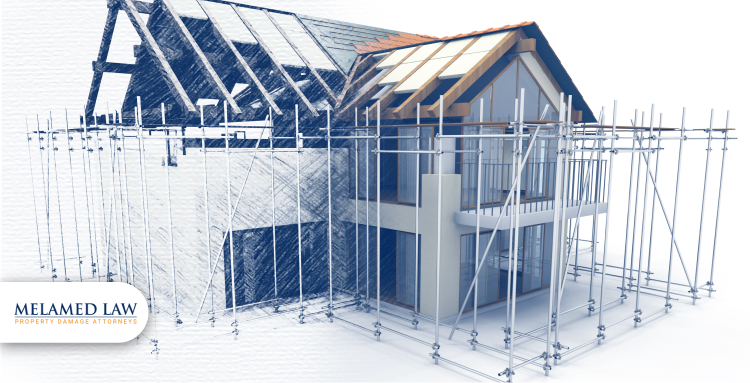
In the face of a hurricane, one of the best ways to ensure your home stands strong against high winds is by establishing a continuous load path that minimizes the risk of structural failure, making your home more resilient when the storm arrives.
Anchor All Building Components Together
Essentially, a continuous load path connects all key structural components—roof, walls, floors, and foundation—to safely transfer wind loads through each part of the building. Without a strong connection between these elements, parts of your home could fail independently, leading to greater damage.
By securely anchoring your roof to the walls, the walls to the foundation, and ensuring the floors are connected throughout, you create a cohesive structure that endures wind loads more effectively.
Install Hurricane Clips and Ties
By securing key parts of your home's framework together, hurricane clips and ties specifically help create a continuous load path. These metal fasteners secure the roof to the walls and the walls to the foundation, guaranteeing that no part of the home becomes vulnerable during a storm.
When selecting clips and ties, look for those rated for high wind speeds and designed to meet Florida’s building code standards. Installation can be straightforward, but for the best results, consider consulting a professional to reduce risks during severe storms.
Section 4: Install a Wind-Pressure Relief System
During a hurricane, rapid changes in wind speed and direction can create dangerous pressure imbalances inside your home. These imbalances can cause significant damage, especially to roofs and walls.
Use Pressure-Relief Vents
Designed to allow air to flow freely between the inside and outside of your home, pressure-relief vents help equalize the pressure during a storm. By preventing air from becoming trapped inside, these vents reduce the likelihood of a build-up of pressure that could lead to roof or wall failure. Look for models approved by Florida's building codes that can withstand high winds when selecting pressure-relief vents.
There are different types of pressure relief systems to suit various home designs.
For homes with attics, ridge vents or eave vents may be the most effective, as they allow hot air and pressure to escape naturally.
For homes without an attic or with larger openings, installing pressure-relief vents in the walls can help ensure that air flows smoothly through the house. Consult with a contractor to determine the best solution for your home’s layout and structure.
Reinforce the Garage Door
The garage door is one of the most vulnerable areas of your home during hurricane season. A braced or hurricane-rated garage door is crucial for preventing pressure buildup that could cause the door to collapse or be blown in. Without proper reinforcement, the garage door can be a weak point that allows wind to enter, compromising the rest of the home’s structural integrity.
Hurricane-rated garage doors resist high winds, but you can reinforce an existing door with a bracing kit for added stability. For proper alignment and secure installation, consider having it done by an expert.
Section 5: Prepare the Yard to Minimize Debris Impact
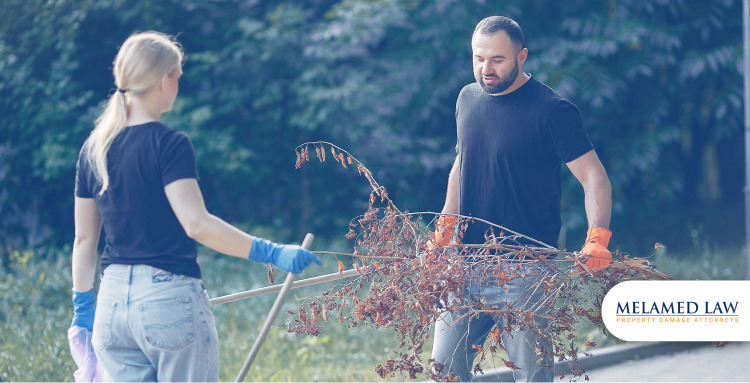
Flying debris is one of the leading causes of damage during a hurricane. Here’s how you can prepare your yard to keep debris from scattering across your yard during a storm.
✔ Clear Loose Items and Trim Trees
Before the storm hits, secure or store loose yard items like furniture, grills, small outdoor decor, toys, and planters to prevent them from becoming projectiles. Trim trees and remove weak branches, focusing on those near your home to reduce potential damage.
✔ Reinforce Fences and Inspect Trees
Inspect posts, gates, and any loose sections of your fence to ensure proper reinforcement, thereby reducing hurricane risks. Secure posts deeply in the ground and add bracing to older or damaged fences. Additionally, check your trees for instability—look for leaning or cracked trunks—and remove any weak trees or branches that could threaten your home during high winds. Hire a professional tree service if needed, to safely prune or remove trees that are too large or unsafe to handle on your own.
Section 6: Consider an Exterior Wind Barrier for Additional Protection
Creating an exterior wind barrier can provide extra protection from the powerful winds of a hurricane. These additional measures can significantly reduce the impact of storm winds on your property.
⇒ Install Windscreens or Barricades
Windscreens and barricades deflect and redirect hurricane winds away from vulnerable areas like windows and doors, creating a protective shield that absorbs or redirects wind forces. You can install them around your home's perimeter or overexposed windows to minimize the impact of storms. While they won’t replace the need for shutters or impact-resistant windows, they can provide an additional layer of defense that reduces wind pressure on your home’s vulnerable points.
⇒ Create Natural Windbreakers with Landscaping
Another effective method of reducing wind impact is through strategic landscaping. By planting trees and shrubs in certain areas around your home, you can create natural windbreaks that reduce the wind speed before it reaches your house. This not only helps protect your home but also adds to the aesthetic appeal of your property.
For effective windbreaks, choose plant species that are resilient to Florida’s climate and capable of withstanding strong winds. Palms, hardwood trees, and shrubs with dense foliage work well as natural barriers. Position windbreaks to create a buffer on the windward side of your home, where wind impact is greatest. With the right planning, these natural windbreaks can serve as an attractive and practical solution for reducing wind damage.
How Melamed Law Can Help Protect Your Rights and Home After a Hurricane
If your home sustains damage despite your efforts, Melamed Law is here to help. We specialize in property damage claims and support you through the often complex process of filing insurance claims to ensure you get the recovery you deserve. Our experienced attorneys can assist in handling disputes with insurance companies, whether it’s a denial of coverage or insufficient compensation. We also help property owners handle the legal aspects of rebuilding, ensuring compliance with Florida’s building codes and regulations.
If you’ve suffered property damage due to a hurricane, contact Melamed Law to discuss your options and get the support you need during this challenging time.
Recent Cases

